Our editors independently select these products. Making a purchase through our links may earn Well+Good a commission
14 Training Tools To Help You Prep for a 26.2-Mile Run This Fall
Learn about the marathon gear that can make all those training miles far more manageable, from water bottles to anti-chafe cream and beyond.
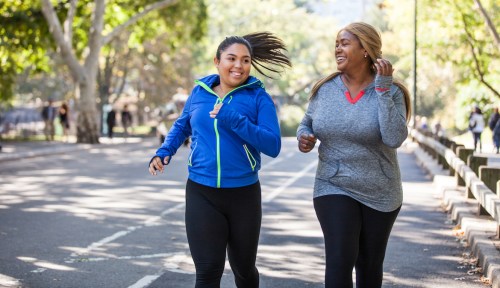
Runners love to say that all you need in this sport is to lace up your sneakers and head out the door. While that’s mostly true, there are also so many training tools out there that can make you far more comfortable, hydrated, and chafe-free during your runs. And if you’re racking up the mileage required to train for a marathon, such gear is especially helpful.
Experts in This Article
Nike Running global head coach
running coach
owner of Rytina Fine Cleaners
When I was prepping for my first 26.2-mile race, I had very little by way of marathon gear aside from my favorite Nike running shoes and a couple of running outfits. But in the process of tackling over a dozen more marathons in the years that followed, I learned there’s some marathon gear that can truly make a difference in how much I actually enjoy running, particularly during long or otherwise tough runs.
“I’m always thinking before the long run, What am I doing to make sure that the long run is as easy and as comfortable as possible?” says Nike Running global head coach Chris Bennett. “It is going to be a bit of a struggle at times because it’s longer, which means you’ve got more time to potentially struggle.”
Proper fueling, rest, and planning can go a long way in minimizing that struggle, as can certain pieces of marathon gear. Here are 14 training tools that can help you get you ready to take on the big 26.2 this fall.
14 pieces of marathon gear to help you cross the finish line this fall
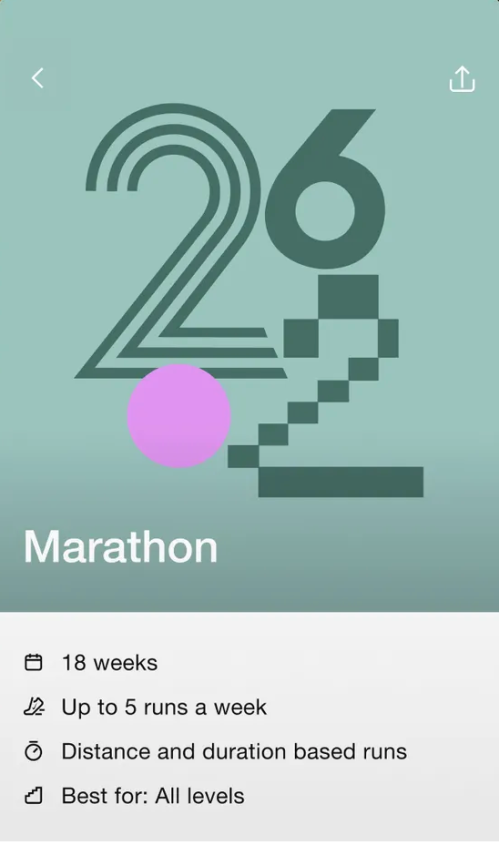
Nike Run Club app
This free app from Nike offers an expert-backed marathon training plan, along with guided runs with advice for every mile from Nike run coaches—including the super-motivational Coach Bennett. It takes the guesswork out of training while also giving you the flexibility to choose between three and five runs a week or add extra miles if you’re feeling spicy. As a veteran runner, I didn’t think I needed this kind of app to help me train, but once I started using it earlier this year I quickly got hooked: With a coach in my ear, I can nerd out on running while running, soaking up smart insights that have shifted my approach to things like warming up and recovery.
Pros:
- Guided coaching for every run
- Expert-designed training plan
- Free
Cons:
- Once you get used to the guided runs, you might have a hard time running without them
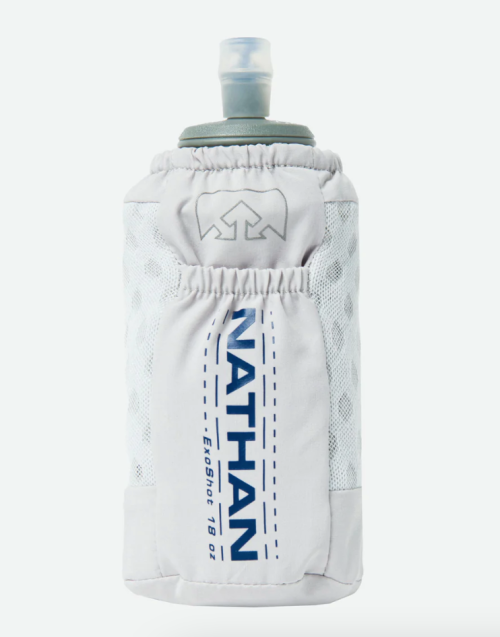
Nathan ExoDraw 2.0 18oz Handheld — $45.00
Long runs call for lots of hydration. Unless your route takes you past multiple water fountains (or somewhere you can stash water bottles ahead of time), you’re going to need to carry your own fluids with you. This soft flask from Nathan straps right onto your hand for easy, grip-free carrying, and it collapses as you empty it so there’s never any sloshing around.
Pros:
- Lightweight
- Collapses to minimize sloshing
- Easy to carry
Cons:
- Cap can break down after heavy use
- Difficult to clean thoroughly
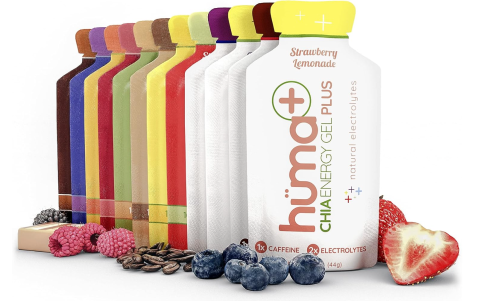
Huma Plus Chia Energy Gel Variety Pack (8 Original and 4 Plus Gels) — $31.00
Once your runs are longer than 75 minutes, you’re going to want to eat about 100 calories every 30 to 40 minutes to keep you going, Jeff Cunningham, the official running coach for BPN, previously told Well+Good about marathon fueling. If that sounds like a lot, remember that training runs aren’t only about training your legs—you’re also training your stomach to take in the necessary fuel to avoid hitting the dreaded “wall” that can happen when your muscles run out of glycogen. Huma Chia Energy Gels are a popular easy-to-digest option for marathon runners with finicky guts. (Pro tip: Throw them in the freezer before hot runs for a cool treat.)
Pros:
- Easier to digest than gels made with dextrose and maltodextrin
- Some flavors come with extra caffeine and electrolytes
Cons:
- Texture has a chunkier consistency

Nuun Sport — $7.00
When you’re sweating for multiple hours, you need more than water to stay hydrated: You also need to replenish your electrolytes. Although most popular gels and chews will offer about 100 milligrams of sodium per serving, you need around 500 to 750 milligrams per hour while running to maintain healthy levels, according to Cunningham. That means you’ll probably want to sip on something with electrolytes in it. Traditional sports drinks like Gatorade are one option, but if ingesting too many carbs on the run gives you GI issues, check out Nuun’s tablets, which come with only one gram of sugar.
Pros:
- Offers electrolytes with minimal carbohydrates
- Available in many flavors
Cons:
- You might get sick of the flavor after multiple hours
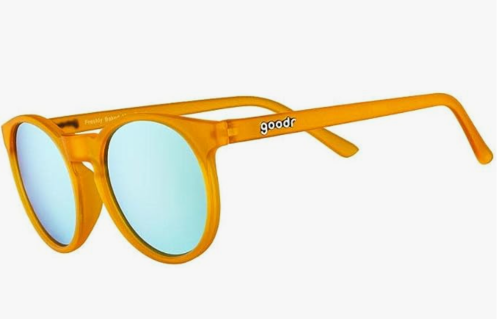
Goodr Circle G Sunglasses — $25.00
If it’s bright out, make things easier on yourself and throw on a pair of sunnies. “It takes energy to squint—it takes energy to bunch your face up,” says Bennett. Goodrs are designed for runners with a special no-slip grip that holds up on even the sweatiest runs. And at just $25, any wear and tear is NBD.
Pros:
- No-slip construction
- Protection from UVA and UVB rays
- Low price point
- Fun colors
Cons:
- Polarized lens can scratch off with heavy wear

Body Glide — $17.00
Something as mundane—but annoying—as chafing can majorly impact how much you enjoy running. “Chafing is really common,” says Bennett. “So guess what? There’s literally stuff for chafing for runners. Get yourself some.” Rubbing a little Body Glide on any hot spots before you head out the door can make all the difference between looking forward to your miles and dreading them.
Pros:
- Helps prevent chafing
- Doesn’t stain clothes or feel greasy
Cons:
- Pricier than a DIY solution like Vaseline
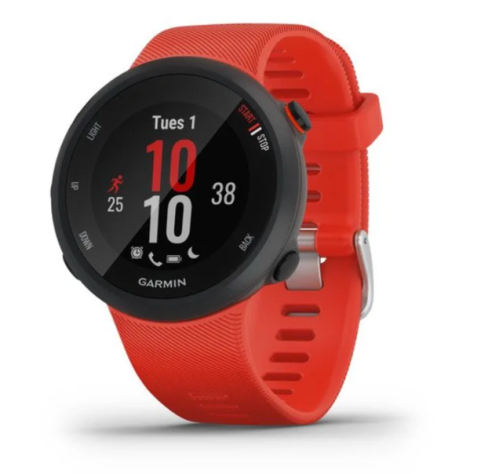
Garmin Forerunner 45 — $200.00
A good smartwatch will be far more reliable (and convenient) for tracking your pace and distance than trying to use your phone. It will also give you insights into metrics like your cadence and heart rate, which can assist any attempts to improve your running form and also get faster. There are tons of smartwatches available, including many that will cost you a pretty penny, but if you’re looking for basics that will give you running metrics, you can’t go wrong with this Garmin Forerunner model.
Pros:
- Lightweight, sturdy fit designed for running
- Lets you sync workouts right to your watch
- Shows smart notifications (with options to silence while running)
- Can be used to control the music played on your phone
Cons:
- Only 13 hours of battery life on GPS mode
- Not designed for swimming (meaning, not ideal for triathlon athletes)
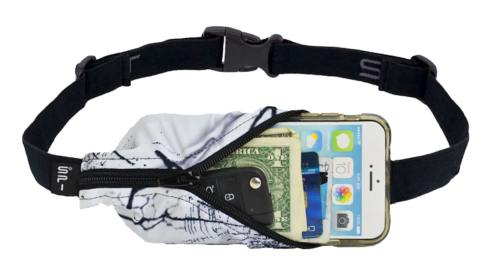
Spibelt — $27.00
Although we love it whenever our running shorts have enough pocket space to stash a phone, gels, and anything else we need on the run, the reality is that there will likely be times you need additional space for storage. The Spibelt is a tried-and-true runner’s favorite, with an adjustable waist belt (up to 47 inches, with extenders available) and an expandable pocket that securely holds a surprisingly large amount of stuff.
Pros:
- Keeps valuables secure
- Ample storage space for a phone, money, keys, and gels
- Low profile
Cons:
- Sometimes slides up to the smallest part of your waist when running
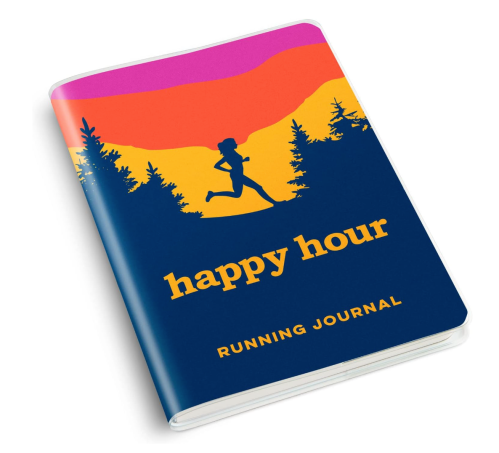
Day-by-Day Run Planner — $20.00
Bennett recommends that all runners keep a running log to reflect on your runs and spot any patterns. “Remember: You are your own best coach,” he says. “You can notice, You know what? I have much less chafing the earlier I start—I think it’s the humidity.” Journaling about your workouts can also help you stay motivated, giving you an opportunity to reflect on your wins and see your progress over time. Although any blank notebook (or Google Doc) will do, having a dedicated running journal like this one might give you the inspo you need to actually use it.
Pros:
- Offers dedicated spots to record your distance, pace, route, and weather, with plenty of space for notes
- Also includes inspirational quotes, and places to record goals, race registrations, and completed races
Cons:
- Reviewers report that the binding can break down with heavy use

Normatec Go — $399.00
Some runners may swear by massage guns, but I’d argue that these portable compression boots are an even better post-run recovery treat. A smaller (and less expensive) version of the Hyperice’s Normatec Legs, these sleeves fill up with air to squeeze your muscles and get your blood flowing. They’re meant for your calves, but I also use them on my thighs, and they work pretty darn well there, too. They help my legs come back to life after a long run and also decrease soreness the next day.
Pros:
- Helps decrease post-run aches and stiffness in your legs
- Small enough to travel with and easy to store
- Forces you to actually sit down and recover
Cons:
- The Velcro that straps them on can get dirty
- Only meant for the calves (rather than the full-leg massage you can get with Hyperice’s Normatec Legs)
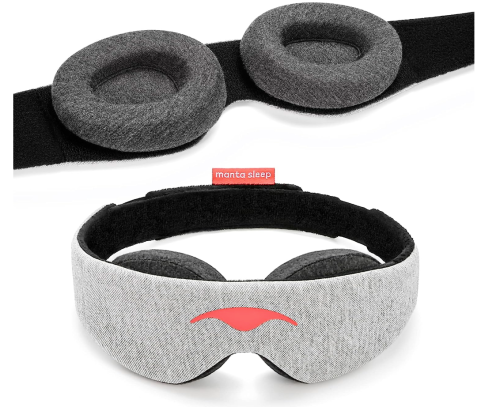
Manta Sleep Mask — $39.00
It may sounds cheesy, but it’s no less true: The most powerful recovery tool you have is sleep, so do whatever you need to get all the zzzs you can. “Our bodies are best at recovering while we sleep,” says Bennett. “Make sure you’re setting yourself up to have good sleep. We sleep best when it’s cold—about 65 degrees—and in dark rooms, so invest in an eye mask.” I swear by this super comfortable sleep mask that blocks light effectively without putting any pressure on my eyelids.
Pros:
- Comfortable and doesn’t touch your eyelids
- Very effective at blocking out light
Cons:
- Gets loose after several wears, so you need to readjust the band
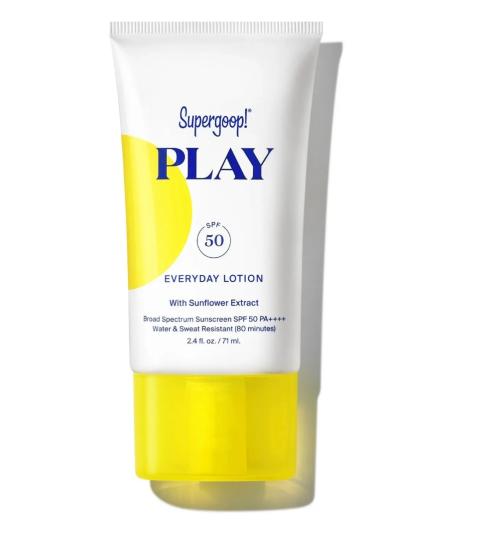
Supergoop! Play Everyday Lotion SPF 50 with Sunflower Extract — $22.00
One of the joys of running is getting outside in the sunshine. But that also means you need make sure any skin that’s showing is covered with sunscreen. “Another thing that takes energy is dealing with a sunburn, recovering from that burn,” says Bennett. “When you’re recovering from the long run, you don’t also need to be recovering from a sunburn.” Let your body focus on healing your muscles without adding skin damage to the equation. This lightweight, sweat-resistant option from Supergoop! will do the trick without feeling sticky on your skin or burning your eyes.
Pros:
- Rubs in easily
- Sweat resistant for up to 80 minutes
- Pleasant, not-overwhelming scent
Cons:
- Need to reapply after 80 minutes for guaranteed coverage
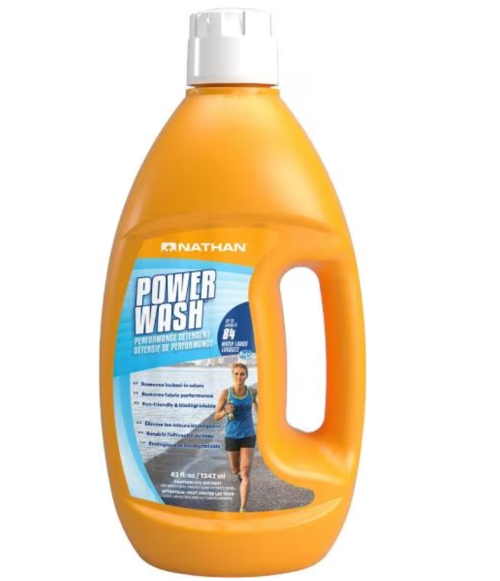
Nathan Power Wash Performance Laundry Detergent — $18.00
Fair warning: Doing lots of runs also means doing lots of laundry. And sweat-wicking sports fabrics are infamous for getting extra stinky—our sweat bonds to the synthetic fibers, and over time, the resulting odor can be difficult to get out, Katie Brown, owner of Rytina Fine Cleaners, previously explained to Well+Good about the cause behind that perma-smell lurking in your leggings drawer. A detergent designed to wash those synthetic performance fabrics can be more effective at getting out those less-than-pleasant scents, while also preserving your running clothes’ special features like sweat-wicking and water repellant abilities.
Pros:
- Helps eliminate odors in sweaty clothes
- Designed not to damage performance fabrics
Cons:
- You’ll end up doing a separate load for your workout gear
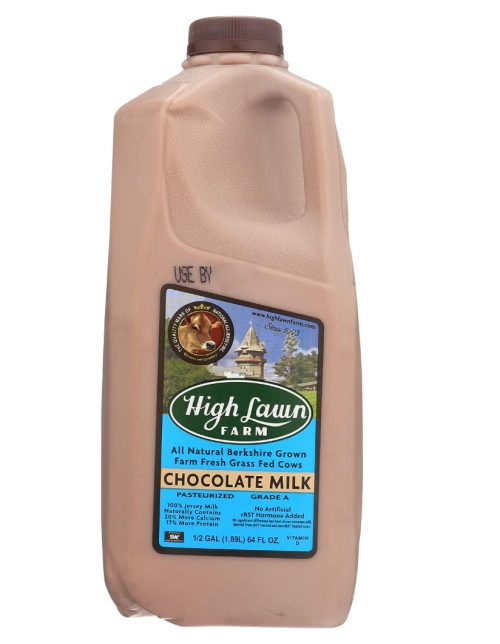
High Lawn Chocolate Milk — $5.00
While health pros are divided on whether chocolate milk is really the ideal recovery beverage it’s cracked up to be, there’s one thing they can’t deny: It’s a delicious treat to look forward to at the end of a hard run. And for runners who can’t stomach solid food within that critical 30-minute window post-workout, a cup of chocolate milk might be one of the only tolerable options. And it doubles as a way to rehydrate. Don’t tell me that’s not a solid post-run celebration.
Pros:
- Offers the ideal ratio of protein to carbs
- Helps to re-hydrate you
- Tastes delicious
Cons:
- Most of the carbs come from sugar
Sign up for the Well+Good SHOP Newsletter
Get exclusive deals on wellness, beauty, fitness, and food products that have been hand-picked by our editors.
Got it, you've been added to our email list.




